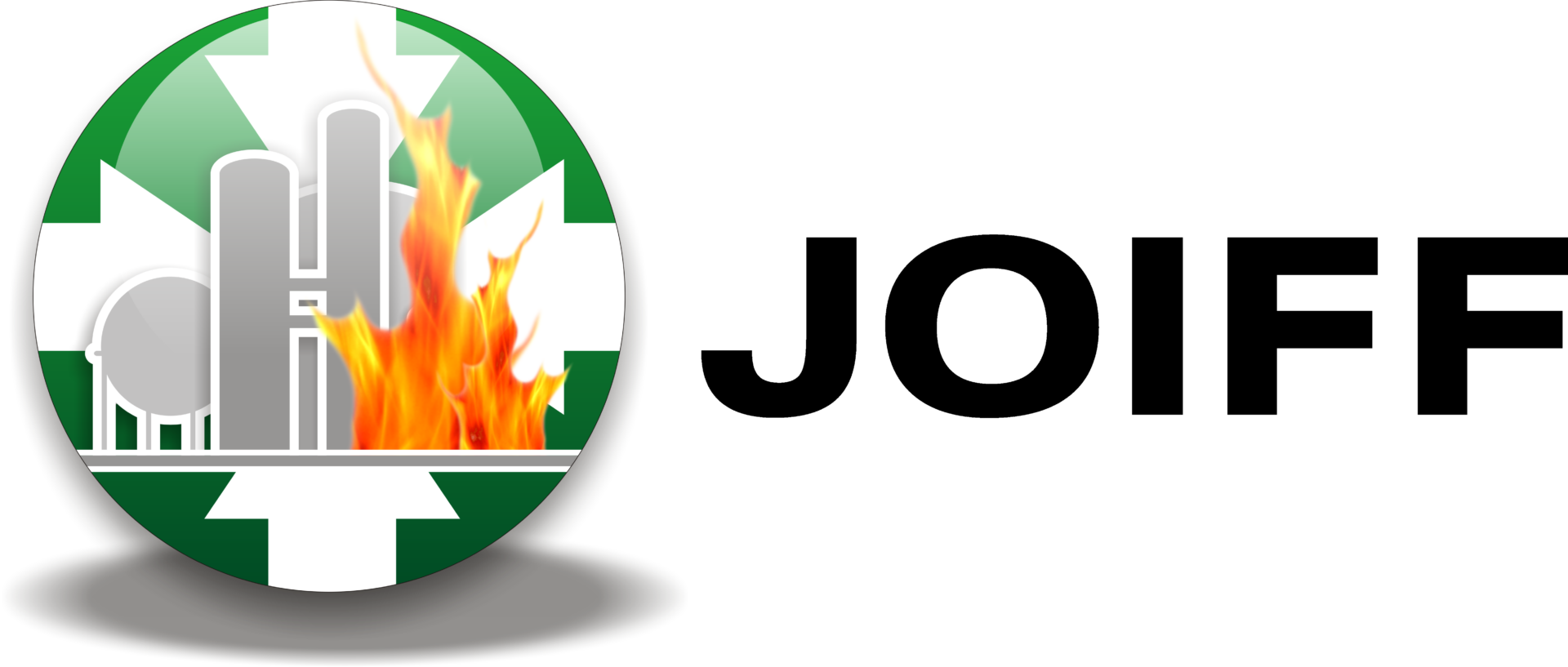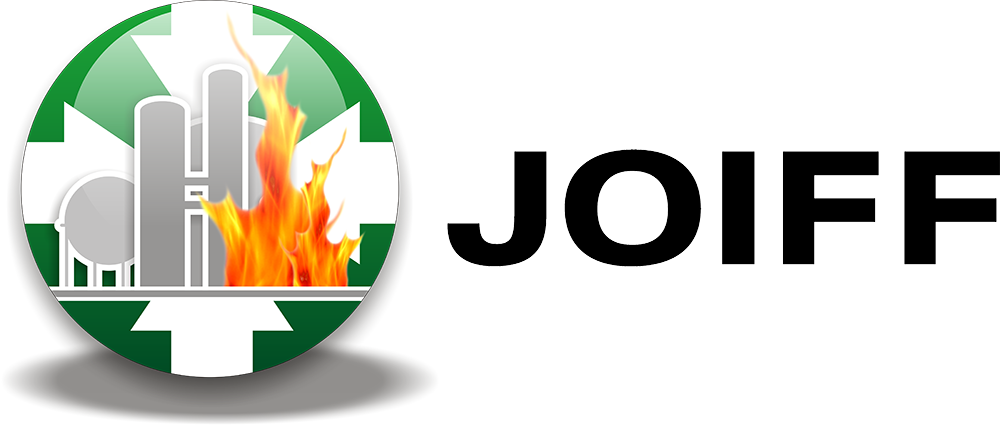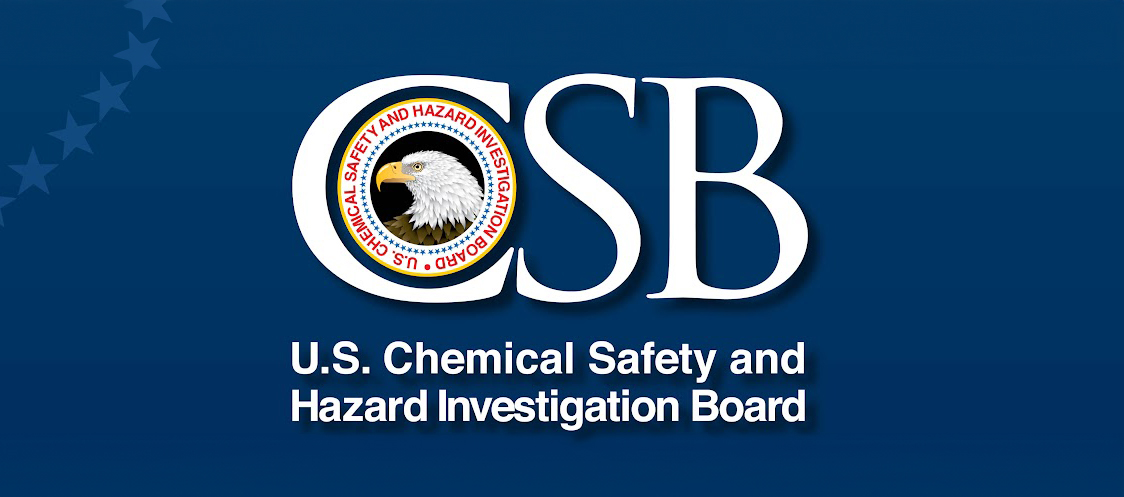CSB Releases New Safety Video on 2020 Fire and Toxic Gas Release at Bio-Lab Facility in Westlake, Louisiana
The U.S. Chemical Safety and Hazard Investigation Board (CSB) released a new safety video on its investigation into the August 2020 fire and toxic gas release at the Bio-Lab Lake Charles chemical facility in Westlake, Louisiana, that occurred when the facility was severely damaged by Hurricane Laura. The CSB’s new safety video, called “Fire From the Storm: Chemical Release at Bio-Lab,” includes an animation of the events leading to the incident, and commentary from CSB Board Member Catherine Sandoval and Investigator-In-Charge Vonzella Vincent.
The Bio-Lab facility manufactures and supplies water treatment products for pools and spas, including a formulation comprised primarily of the chemical trichloroisocyanuric acid (TCCA). In large bodies of water, like swimming pools, TCCA-based formulations dissolve and break down slowly, releasing available chlorine into the water to sanitize contaminants, such as algae and bacteria. However, when a TCCA-based formulation instead comes in contact with a small amount of water and does not dissolve, a chemical reaction can occur, generating heat and causing the material to decompose and produce toxic chlorine gas.
The CSB’s investigation found that as Category 4 Hurricane Laura approached, Bio-Lab took steps to remove chemical products from the facility via trucks. Because some trucks never arrived, however, over 1 million pounds of the TCCA-based formulation, as well as other chemicals, were left on-site ahead of the storm. Extreme wind from Hurricane Laura severely damaged buildings at the facility, allowing rainwater to seep into the damaged buildings and come in contact with the products stored inside. The stored chemicals reacted and decomposed, and a fire ignited. A large plume of hazardous gases, including toxic chlorine, traveled from the facility over the neighboring community. A portion of nearby Interstate 10 was closed for over 28 hours, and local officials issued a shelter-in-place order for the surrounding community due to the release of the hazardous gases.
In the safety video Board Member Sandoval states, “The fire and release at Bio-Lab is not the only significant chemical incident in recent years to be caused by extreme weather. Companies and regulators must take steps to ensure that chemical facilities are protected against damage from natural hazards, as extreme weather is becoming more common.”
As in the CSB’s final report, the safety video covers the five key safety issues that contributed to the incident. They are (1) extreme weather preparation, (2) process hazard analyses implementation, (3) emergency preparedness and response, (4) adherence to applicable hazardous materials code, and (5) regulatory coverage of reactive chemical hazards. The video also highlights safety recommendations made by the CSB to the state of Louisiana, the EPA, and OSHA.
Board Member Sandoval closes the video by saying, “The incident at Bio-Lab could have been prevented. Companies must be prepared for the hazards that extreme weather can present at their facilities. And regulatory bodies should do more to address hazards from reactive chemicals. These steps will help ensure that similar incidents never occur.”
When announcing the video today, CSB Chairperson Steve Owens stated: “The substance involved in the 2020 fire and toxic gas release at the Bio-Lab facility in Louisiana is the same substance involved in the catastrophic chemical fire last fall at Bio-Lab’s facility in Conyers, Georgia, that began on September 29, 2024, as well as another fire and toxic gas release that had occurred at the Bio-Lab Conyers facility in September 2020 shortly after the Louisiana event. These dangerous events underscore the need for Bio-Lab and other chemical facilities to have more effective safeguards in place to prevent hazards from reactive chemicals that put communities and workers at serious risk, as well as the need for EPA, OSHA, and other regulatory agencies to take comprehensive action to protect against reactive hazards.”
Last September, roughly 17,000 people in the community near Bio-Lab’s Conyers facility had to evacuate due to the fire at the facility, and as many as 90,000 others near Atlanta were advised to shelter in place due to the massive toxic plume of dark smoke coming from the fire, which contained chlorine and other substances. During the September 2020 fire and toxic gas release, businesses near the Conyers facility also evacuated, and Bio-Lab personnel and local firefighters were exposed to dangerous fumes.
Source: CSB


